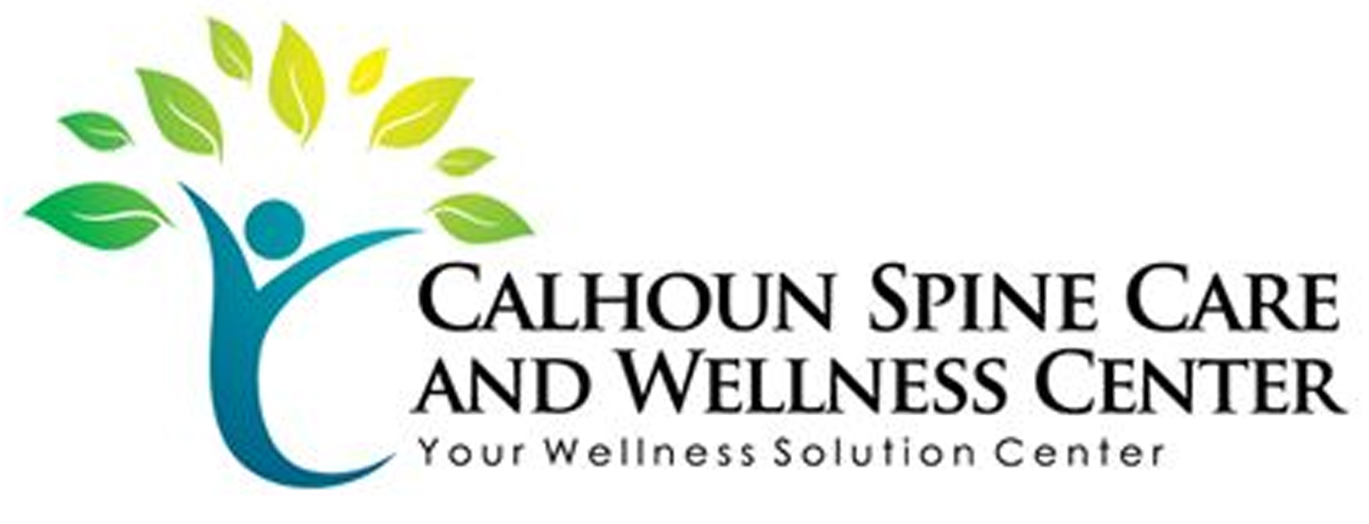When you're exploring pain relief options, it's crucial to evaluate both chiropractic care and alternative therapies. Chiropractic treatment zeroes in on spinal alignment and musculoskeletal health, while alternatives like acupuncture and massage embrace a more holistic approach. Each method has its own set of benefits and potential drawbacks, which can make choosing the right one challenging. As you weigh the differences, you might find that your individual needs and experiences could sway your decision in unexpected directions. What could these choices mean for your overall well-being?
Overview of Chiropractic Care
Understanding chiropractic care can greatly enhance your approach to pain relief. This holistic treatment focuses on diagnosing and treating musculoskeletal disorders, primarily through spinal manipulation. Chiropractors believe that proper alignment of the spine can improve your body's overall function and alleviate pain.
When you visit a chiropractor, they'll assess your posture, movement, and spinal alignment, identifying any misalignments or restrictions. One of the core principles of chiropractic care is that your nervous system plays a significant role in your overall health. By ensuring your spine is properly aligned, chiropractors aim to reduce nerve interference, allowing your body to heal itself more effectively. This can result in reduced pain, increased mobility, and improved overall well-being.
Chiropractic adjustments are often accompanied by complementary therapies, such as massage, physical therapy, or exercise recommendations, to enhance the treatment's effectiveness. As you engage in chiropractic care, you might find that it not only addresses your immediate pain but also promotes long-term health benefits.
It's essential to choose a licensed chiropractor who tailors their approach to your unique needs. They'll work with you to create a treatment plan that aligns with your goals, ensuring you feel comfortable and informed throughout the process.
Principles of Alternative Therapies
Exploring alternative therapies can open up new avenues for pain relief and overall wellness.
These approaches often focus on treating the whole person rather than just the symptoms, emphasizing a holistic view of health. Understanding the principles behind these therapies can help you determine which methods might work best for you.
Here are three key principles of alternative therapies:
- Holistic Approach: Alternative therapies consider the mind, body, and spirit as interconnected. They aim to balance these elements to promote healing and improve quality of life.
- Patient-Centered Care: You're encouraged to take an active role in your healing process. Practitioners often work collaboratively with you, tailoring treatments to meet your individual needs and preferences. This empowers you to engage more fully in your health journey.
- Natural Healing: Many alternative therapies emphasize the body's innate ability to heal itself. Techniques like acupuncture, herbal medicine, and massage therapy often aim to enhance this natural process, using non-invasive methods to alleviate pain and restore balance.
Benefits of Chiropractic Treatment
Chiropractic treatment offers a unique approach to pain relief that aligns well with the principles of alternative therapies. By focusing on the musculoskeletal system, chiropractors aim to restore balance and function to your body. This method emphasizes the importance of spinal alignment, which can greatly impact your overall health and well-being.
One of the key benefits of chiropractic care is its ability to address pain at the source, rather than just masking symptoms. When you receive an adjustment, it can help alleviate tension in your muscles and joints, providing immediate relief from discomfort. Many patients report reduced pain levels, increased mobility, and improved overall function after just a few sessions.
Another advantage is that chiropractic treatment is non-invasive and often comes with fewer side effects compared to traditional medications. You won't need to worry about the potential complications or dependency associated with painkillers. Instead, you'll experience a natural approach to healing that empowers your body to work more effectively.
Chiropractic care also promotes better posture and spinal health, which can contribute to long-term relief from chronic pain. Regular adjustments may prevent the development of future issues, making it a proactive choice for maintaining your health.
Additionally, many chiropractors provide guidance on lifestyle changes, exercise, and nutrition to complement your treatment.
Advantages of Alternative Techniques
Alternative techniques for pain relief offer several advantages that can enhance your overall health and well-being. These methods often focus on holistic approaches, meaning they consider not just the physical aspects of pain but also emotional and mental health.
By exploring these alternative options, you can find effective ways to manage pain while improving your quality of life.
Here are three key advantages of alternative techniques:
- Personalized Treatment: Alternative therapies often emphasize individualized care. You can work with practitioners to create a tailored plan that addresses your specific needs, preferences, and lifestyle. This customization can lead to more effective pain relief.
- Fewer Side Effects: Many alternative techniques, such as acupuncture, yoga, and meditation, typically have fewer side effects compared to traditional medications. This means you can manage your pain without the risk of unwanted reactions or dependency on pharmaceuticals.
- Empowerment and Self-Care: Engaging in alternative treatments empowers you to take an active role in your health. Practices like mindfulness and stretching encourage you to become more aware of your body, helping you develop better coping strategies and enhance your well-being over time.
Common Conditions Treated
Pain relief techniques can effectively address a variety of common conditions that many people face daily. Whether you're dealing with chronic back pain, headaches, or joint discomfort, these techniques can offer significant relief.
Chiropractic care is particularly effective for musculoskeletal issues. If you're experiencing lower back pain, many find that spinal adjustments can alleviate pressure on nerves, leading to reduced pain and increased mobility.
Additionally, tension headaches and migraines often respond well to chiropractic treatments. By aligning the spine and improving overall posture, you may notice a decrease in headache frequency and intensity.
On the other hand, alternative techniques like acupuncture and massage therapy also target common ailments. If stress is contributing to muscle tension or pain, massage can help relax those tight areas, promoting healing and improving circulation.
Acupuncture may be beneficial for conditions like arthritis or fibromyalgia, as it stimulates the body's natural pain-relief mechanisms.
You might also find relief from digestive issues through various techniques. Chiropractic adjustments can impact the nervous system, which in turn can aid in digestive health.
Treatment Duration and Frequency
Typically, treatment duration and frequency can vary considerably based on the specific technique used and the individual's condition. When it comes to chiropractic care, many people find that the initial phase of treatment often requires more frequent visits. This is because the chiropractor needs to establish a baseline and address any acute issues you might have. Once your condition stabilizes, the frequency may decrease.
For alternative pain relief techniques, the duration and frequency can also differ widely. Here are three common factors that influence treatment duration and frequency:
- Type of Condition: Chronic issues like arthritis might need ongoing sessions, while acute pain might require just a few visits.
- Technique Used: Techniques like acupuncture might be scheduled weekly initially, while massage therapy could be more intensive for a short period.
- Individual Response: Everyone's body responds differently. Some may feel relief quickly, allowing for less frequent visits, while others may need more time to see results.
In general, you can expect a chiropractor to recommend a treatment schedule based on your progress and specific needs.
In contrast, alternative therapies often have their unique timelines, which may include follow-up sessions to maintain the benefits. Always communicate openly with your healthcare provider about your preferences and progress to guarantee you get the most effective treatment tailored for you.
Potential Risks and Side Effects
When exploring various pain relief techniques, it's crucial to take into account the potential risks and side effects associated with each method. Chiropractic care, while generally safe, isn't without its concerns. You might experience temporary discomfort, increased pain, or soreness following an adjustment.
In rare cases, more severe side effects like nerve damage, herniated discs, or vertebral artery dissection can occur, particularly if the chiropractor isn't properly trained or if you have underlying health issues.
On the other hand, alternative methods like acupuncture or herbal remedies also come with their own sets of risks. With acupuncture, you could face minor side effects such as bruising, soreness, or even fainting. If needles aren't sterile, there's a risk of infection.
Herbal treatments can interact with medications or cause allergic reactions. You need to be cautious about the source of the herbs, as quality can vary greatly.
Moreover, over-the-counter or prescription medications can lead to dependency or side effects ranging from gastrointestinal issues to liver damage. You should always read labels and consult a healthcare provider to understand the risks involved.
Making the Right Choice
Choosing the right pain relief technique can feel overwhelming, especially with so many options available. You might find yourself torn between chiropractic care and alternative therapies like acupuncture, massage, or physical therapy. To make an informed decision, consider a few key factors that can guide you toward the best choice for your situation.
- Assess Your Condition: Different techniques work better for specific issues. If you're dealing with musculoskeletal pain, chiropractic care may be particularly effective. For stress-related tension, massage or acupuncture might be more beneficial.
- Evaluate Your Preferences: Think about what kind of treatment you're comfortable with. Do you prefer hands-on techniques, or are you more open to holistic approaches? Your comfort level can considerably impact your overall experience and willingness to stick with a treatment plan.
- Consult Professionals: Don't hesitate to ask healthcare providers for their recommendations. They can offer insights based on your medical history and current condition. A collaborative approach often leads to the best outcomes.
Ultimately, you should choose a pain relief method that aligns with your personal needs and lifestyle.
Take time to research and consider your options carefully. Remember, it's about finding what works best for you, so trust your instincts and listen to your body. The right choice can lead you to a more comfortable, pain-free life.
Conclusion
Ultimately, choosing between chiropractic care and alternative therapies depends on your personal needs and preferences. Chiropractic treatment can offer quick relief for musculoskeletal issues, while alternative therapies focus on holistic healing. Both methods are non-invasive and generally have fewer side effects than traditional medications. Consider your specific condition, treatment goals, and how each approach resonates with you. By tailoring your pain relief strategy, you're more likely to find the right path to comfort and well-being.



